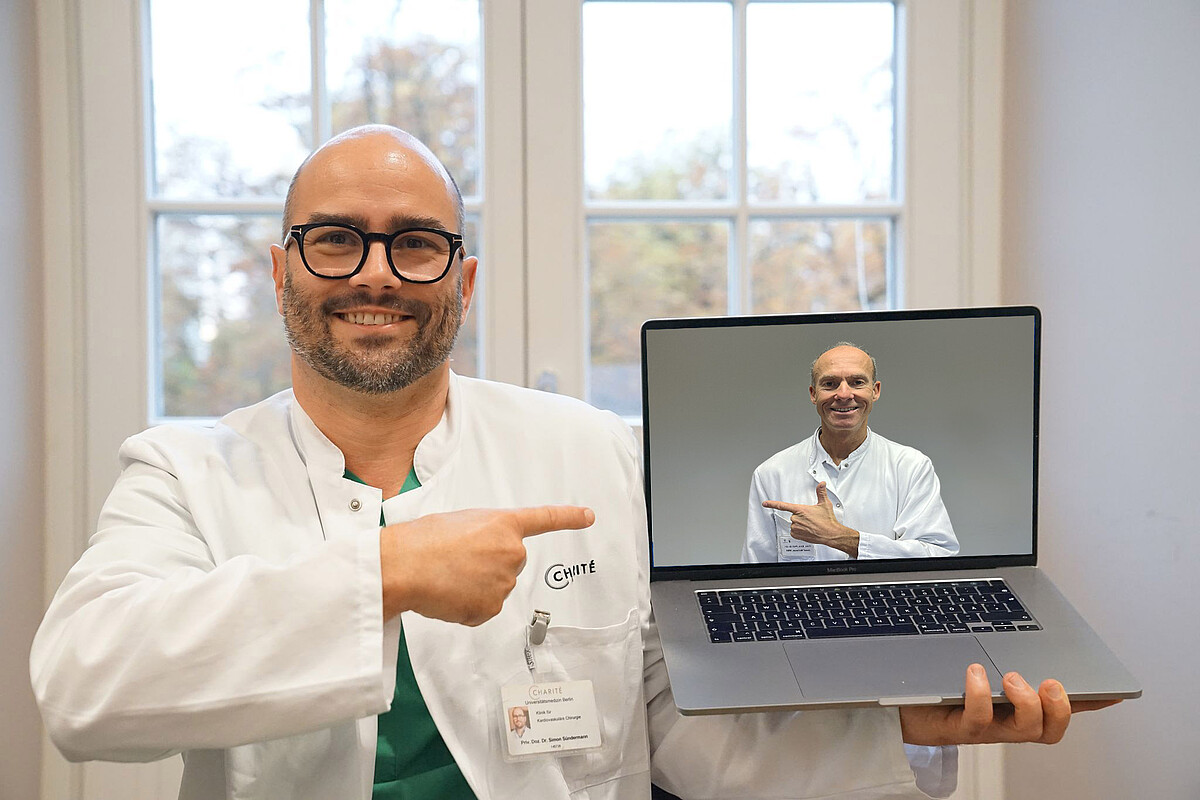A person is "frail" - this phrase is often used in everyday language. But "frailty" is also a medical term, used in the professional context. It describes physical, but also mental weakness, the susceptibility to falls and other negative everyday events; all in all, the loss of physical capacity and the ability to cope with everyday tasks.
In the medical literature, "frailty" has long been considered an important risk factor for an increased probability of mortality, but also for a reduced quality of life after medical treatments, in particular also for heart operations or catheter-based replacement of diseased aortic valves (TAVI). But which measurement methods and values can best be used to uniformly define and assess frailty in these areas? Until now, there has been no consensus among the cardiological and cardiac surgery societies in Europe.
To change this, a multidisciplinary working group was set up with the support of Prof. Volkmar Falk, MD, Medical Director of the German Heart Centre at Charité (DHZC). The two leaders, DHZC heart surgeon PD Dr. med. Simon H. Sündermann and his cardiological partner, Prof. Dr. Dr. Josef Niebauer, MBA from the University of Salzburg, were assisted in this task force by colleagues from heart surgery and cardiology, anaesthesiology, geriatrics and biostatistics.
The result of this intensive interdisciplinary collaboration has now been presented as a consensus paper at the annual congress of the European Association for Cardiothoracic Surgery (EACTS) and published both in the European Journal of Cardiothoracic Surgery (EJCTS) and the European Journal of Preventive Cardiology (EJPC): A detailed review of the current state of research and the resulting multidisciplinary recommended procedures for the assessment of frailty.
The consensus paper defines criteria for determining frailty and their significance, for example in relation to the quality of life to be expected after cardiac surgery and TAVI, or the occurrence of postoperative complications or the mortality of patients. In addition, the consensus paper contains recommendations on the implementation of preparatory measures that can already contribute to a better long-term condition of the patients before an operation.
"We want to make a lasting contribution to ensuring that results in frailty research can be compared in a reliable manner and that clinical treatment standards can be further established. We have now taken a big step forward in this direction," says PD Dr. med. Simon Sündermann: "We would like to take this opportunity to express our sincere thanks to all the contributors and supporters."
Consensus paper: Position paper on the determination of frailty (in German only)
Scientific contact: Dr. med. Simon Sündermann, Senior Physician and Head of TAVI Programme, Cardiac Surgery, Charité Berlin
Source: DHZC press release (in German only)

